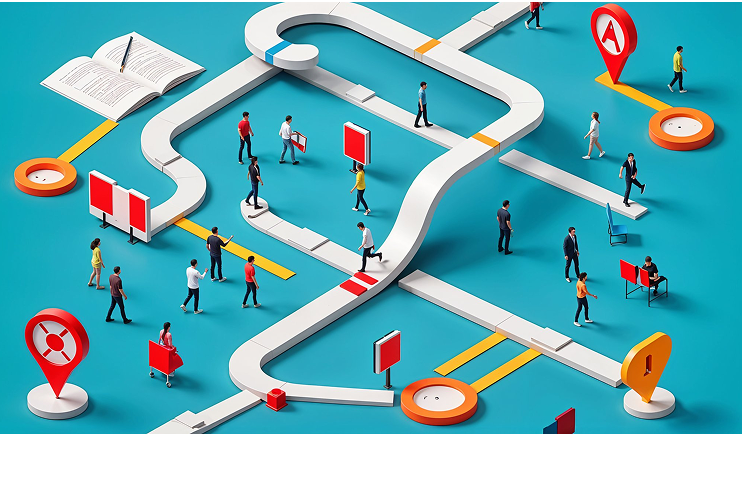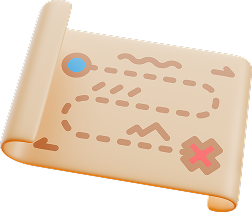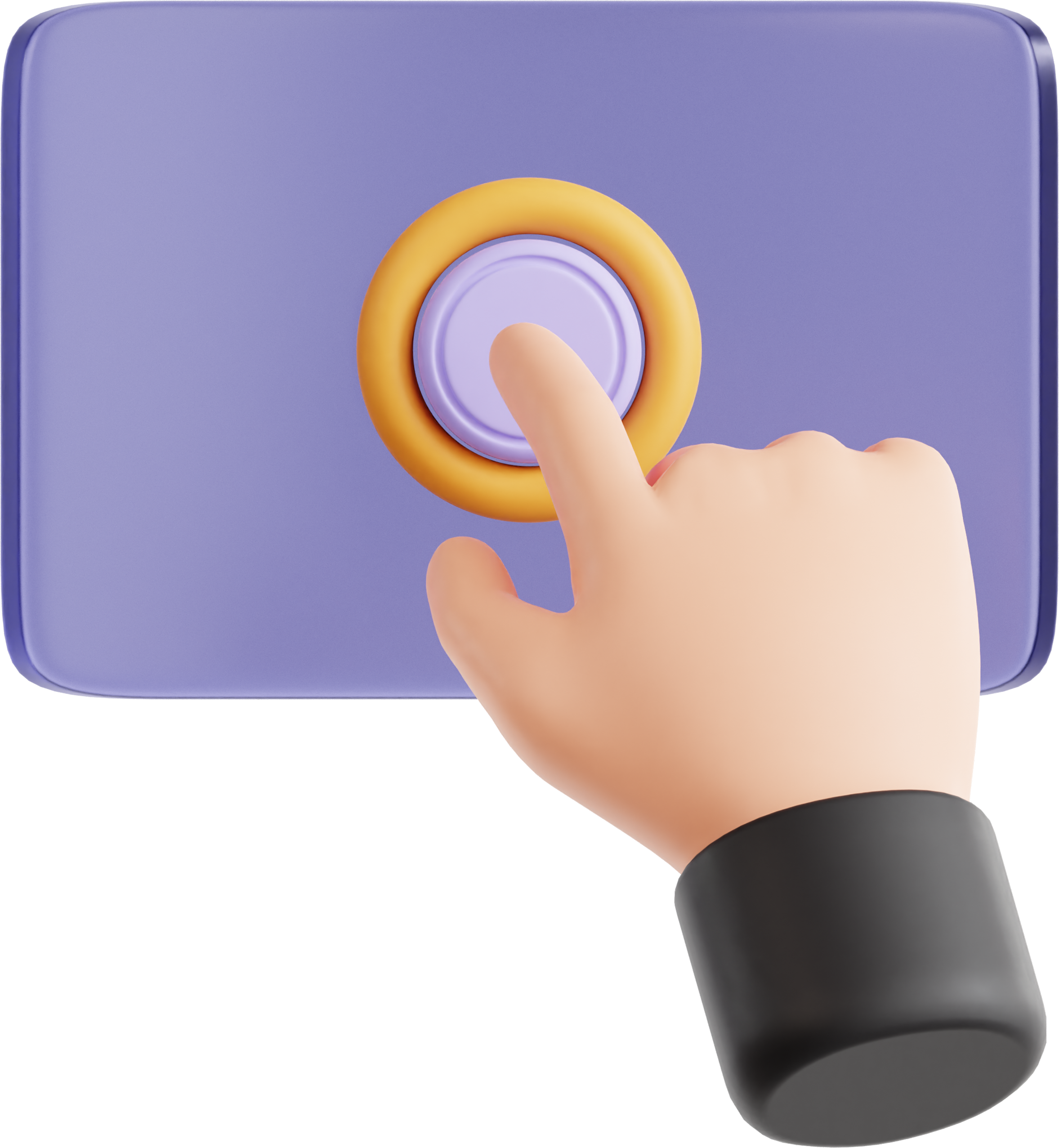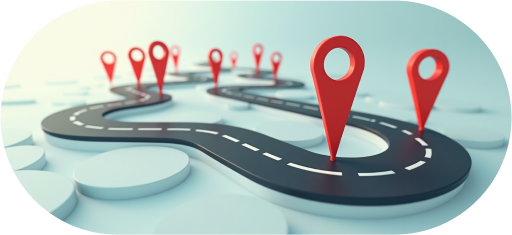Customer Journey Maps: Enhance Your Customer Experience
The customer journey often seems like it should be simple. Just find a product and buy it. However, in reality, it’s more complicated. Customers often leave items in online carts, switch between platforms, and create a confusing path. New technologies add to this complexity. To better guide customers and track their path, successful businesses use customer journey mapping. That is why at Obbserv we provide outstanding customer journey mapping services to help you understand your customer needs in a better way and improve their experience and increase conversion.
What is a Customer Journey Mapping?

A customer or user journey map is a visual tool. It describes the actions that a customer takes when interacting with a business, such as shopping online or providing feedback on social media. To design usable journey maps, it is vital to use data and visually represent the many stages of the client experience. These stages should reflect key factors like customer emotions, company objectives, and interaction points.
To understand it well companies often design multiple journey maps to capture the full spectrum of customer interactions. For example if one map might track a customer tweeting about a product, reaching out to customer service by phone, and leaving a comment on the company’s website. Another could follow a journey starting with online browsing followed by other actions.
Why is Customer Journey Mapping
Important?
Creating a customer journey map is an important strategy for businesses.
Let’s look at why it’s important.
Key Components of a Customer
Journey Mapping
A client journey map has several elements. They work together to give a comprehensive view of the
consumer experience, which helps businesses identify areas to improve and design more effective strategies. The main
components of customer journey mapping are listed below.

Stages of the Customer Journey
The customer journey mapping consists of multiple stages. Every stage will show a specific phase of the customer journey. Common stages of the customer journey are awareness, consideration, purchase, and retention. Businesses can better understand how customers progress through their journey by mapping these stages and identifying potential areas that need improvement.

Customer Touchpoints and Interactions
Customer touchpoints are key moments where customers engage with your brand, like browsing your website or interacting with customer service. Document these interactions to know more about the customer journey. To gain an overall insight, you should examine both digital and physical contacts, as well as indirect touch points such as social media feedback and online reviews. This comprehensive strategy guarantees that no area of the client experience is ignored, enabling organizations to increase engagement and happiness

Identifying Customer Pain Points
When reviewing your user journey map, you will often spot areas where customers struggle or encounter negative experiences. These pain points are great opportunities to increase the customer experience and enhance satisfaction. The best way to find these areas is to study patterns in customer feedback, check interactions with the customer support service, and look at website or app usage data. After you have identified your recurring issue you can target improvements in areas that solve customer concerns and make the experience smoother.
Step-by-Step Guide to Creating a
Customer Journey Mapping
At Obbserv, we specialize in delivering customized-solutions that cater to your
unique business needs. Here is a glimpse of what we offer:
Step 1
Define Your
Objectives
Read More
Before you begin creating a customer journey map, you must first clearly identify your objectives. What exact data do you want to obtain, and how will you use it? What insights do you want to discover? Setting defined goals from the start keeps your efforts focused, effective, and aligned with the client journey.
Step 2
Research and Gather
Customer Insights
Read More
At this point in the customer journey map creation process, you should have a good grasp of how clients interact with your business. The next step is to understand their thoughts and emotions as they move through each touchpoint and stage. To truly grasp what consumers go through, you must first go through the process yourself. However, collecting direct input from actual customers is critical to accuracy. Different ways are available to capture customer thoughts. This includes quotes from interviews, internet reviews, and survey results. Emojis and photos can all be used to visually communicate client sentiments at each stage.
Step 3
Segment Your
Audience
Read More
You have to segment your audience to create an effective customer journey map. Dividing your customers into a specific group on the basis of demographics, behaviors, or needs can help in tailoring the journey to reflect each and every experience. Tailored insights from audience segmentation ensure that your strategies address the right customer concerns and create more personalized experiences that improve satisfaction and loyalty.
Step 4
Outline the Stages of
the Journey
Read More
Outlining the stages of the customer journey mapping helps you to know how customers interact with your brand from start to finish. Each stage shows vital milestones in the customer’s journey. Clearly identify these stages to know what your customer needs at each and every level. This knowledge enables you to communicate with your customers more effectively and provide support or information at the appropriate time.
Creating customer journey maps with Obbserv
Creating an efficient user journey map provides essential details about consumer behavior and pain issues. At Obbserv, we are committed to assisting you in creating user journey maps that promote business growth by improving your customer’s journey from beginning to end. Allow us to improve the way you interact with your audience and ensure that every step of their journey is relevant. Contact us today to begin mapping your success.


